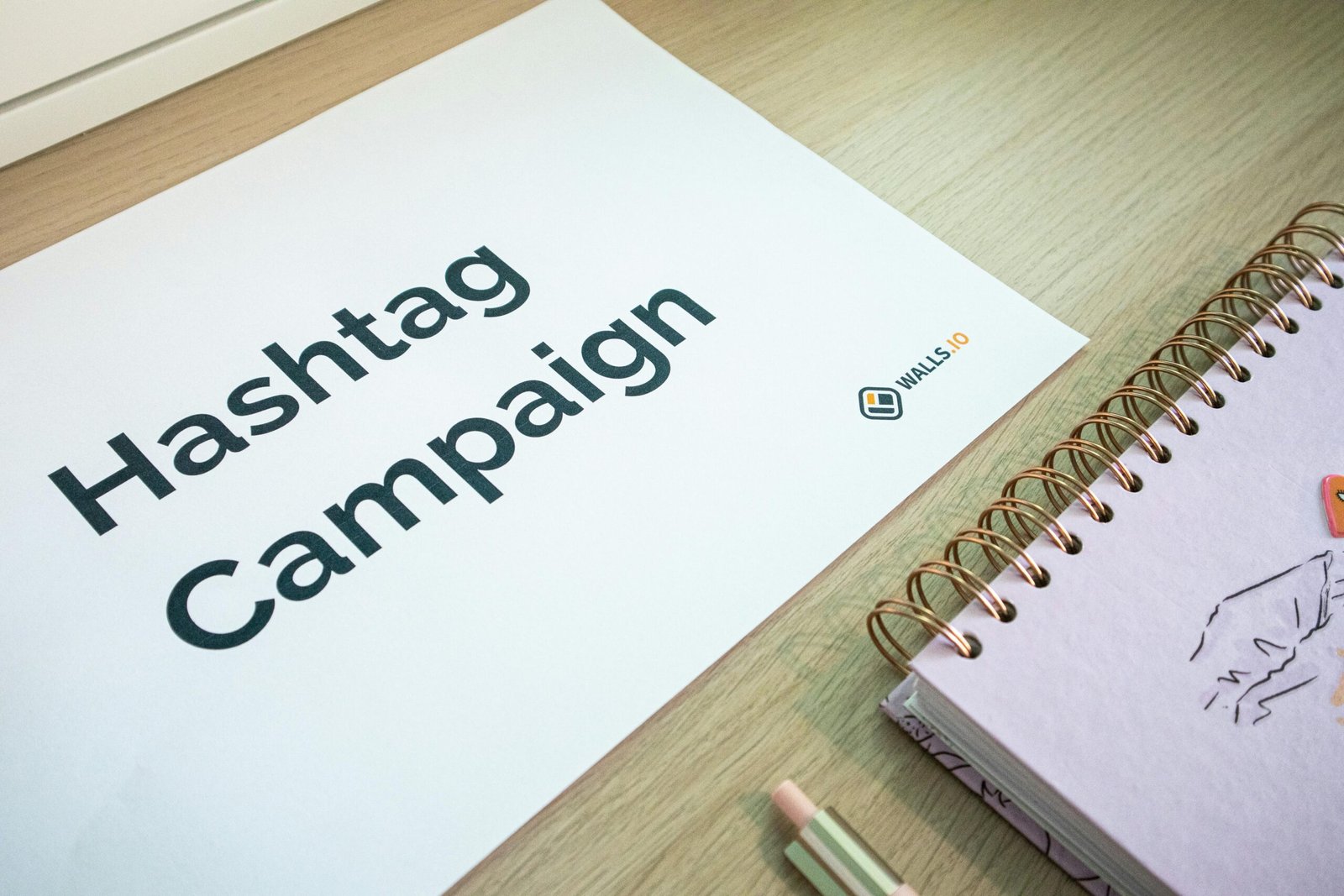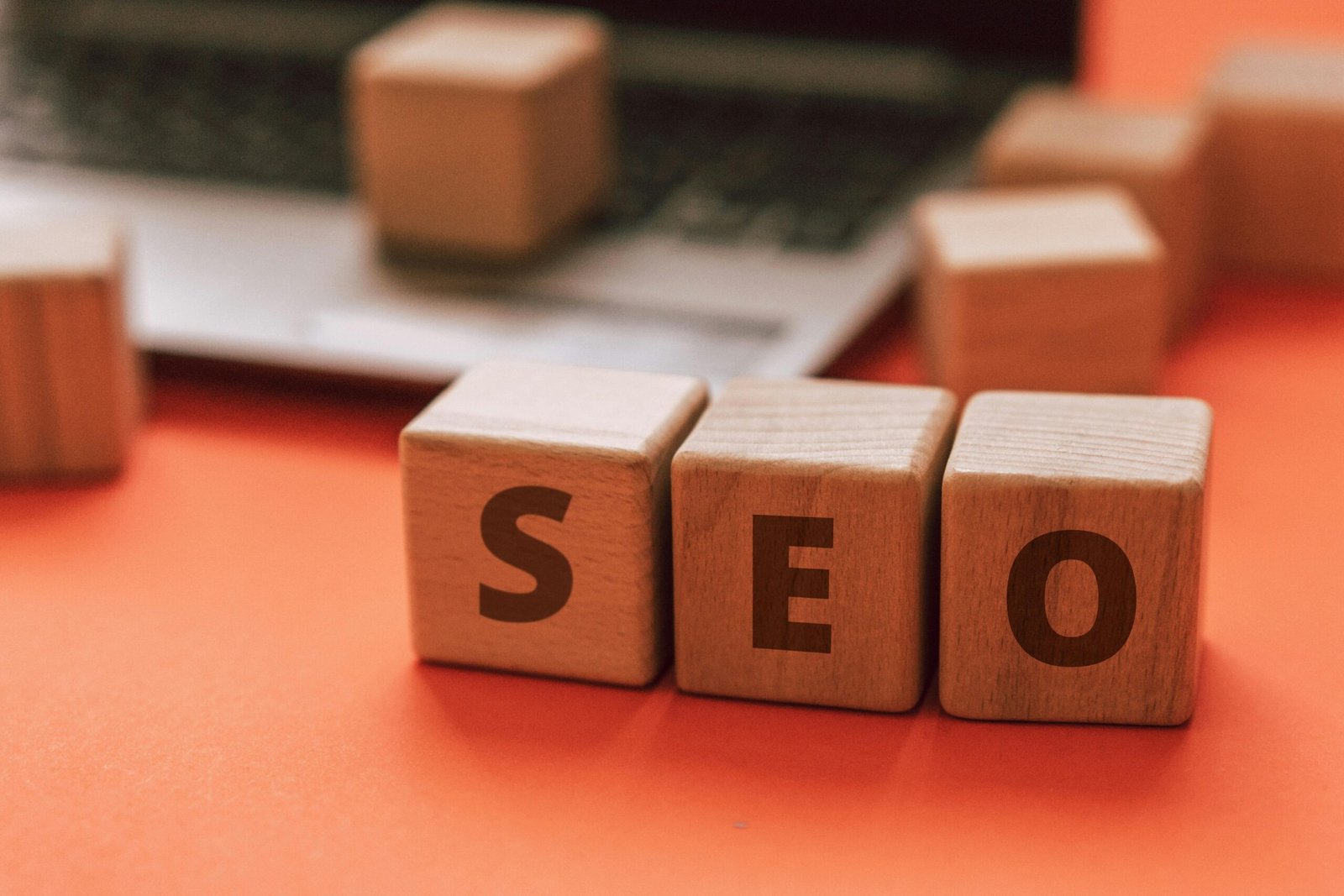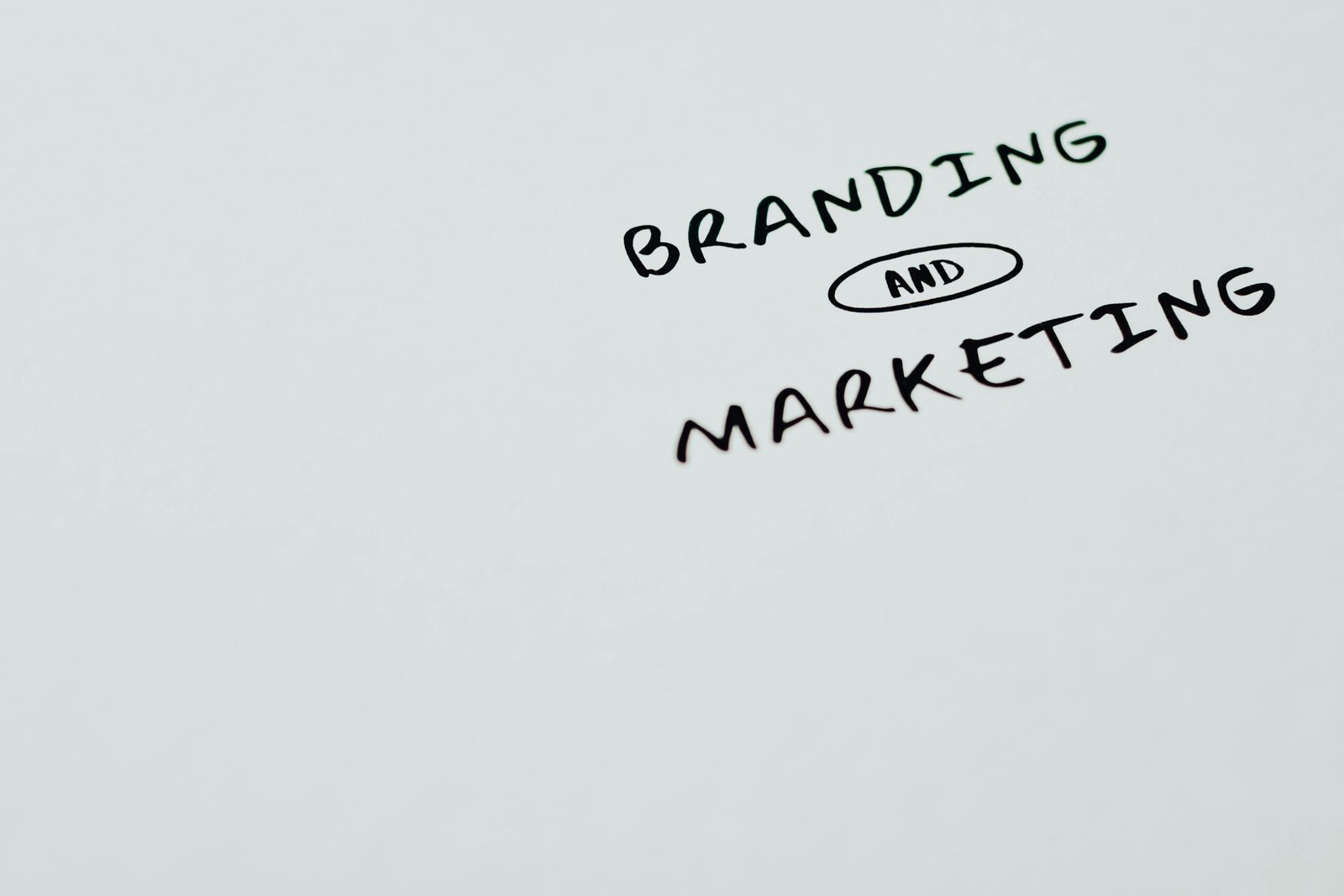Successfully Adapting Your Video Content for Different Platforms In today’s digital age, video content is…
The Incredible Power of User-Generated Content in Modern Advertising Campaigns
Introduction
User-generated content (UGC) has become a cornerstone of modern advertising campaigns. What makes it so powerful? It’s authentic, relatable, and created by the very people brands aim to engage—customers. This article explores the power of user-generated content and its transformative impact on advertising strategies today.
The Evolution of Advertising
Traditional Advertising vs. Modern Advertising
Gone are the days when brands relied solely on flashy TV commercials or billboards to reach their audience. While traditional advertising focused on broadcasting messages, modern advertising emphasizes building connections.
The Shift Toward Authenticity
Audiences crave real, relatable stories. UGC fulfills this desire by showcasing genuine experiences, making it a crucial component of advertising in the digital age.
Defining User-Generated Content
What Qualifies as UGC?
UGC refers to any content—videos, photos, reviews, or testimonials—created by consumers rather than brands. It’s the organic, unscripted content that resonates most with audiences.
Examples of UGC in Action
- A traveler sharing an Instagram post of their Airbnb stay.
- A fitness enthusiast uploading a video using Nike gear.
- Fans tweeting about their favorite Starbucks drink.
Benefits of User-Generated Content
Authenticity and Trust
UGC provides social proof, making brands appear more trustworthy. Consumers are more likely to trust recommendations from peers than traditional ads.
Cost-Effectiveness
Why hire actors or expensive production teams when your customers can create content for you? UGC saves both time and resources.
Boosting Engagement and Reach
UGC encourages more interaction, whether it’s likes, shares, or comments, amplifying the brand’s reach organically.
How UGC Impacts Advertising Campaigns
Enhancing Brand Credibility
Nothing beats a satisfied customer sharing their genuine experience. This authenticity boosts a brand’s credibility.
Driving Social Proof
Seeing others enjoy a product or service encourages new customers to trust and try it themselves.
Increasing Conversion Rates
UGC often directly influences purchasing decisions, making it a powerful driver of conversions.
Effective Platforms for UGC Campaigns

Instagram and Visual UGC
Instagram is the go-to platform for visually stunning UGC, ideal for brands in fashion, travel, and lifestyle.
YouTube and Video Content
Long-form video content on YouTube allows creators to showcase in-depth reviews and tutorials.
TikTok’s Influence
TikTok’s viral nature makes it perfect for creative and entertaining UGC that can reach millions quickly.
Strategies for Incorporating UGC
Encouraging Customers to Share Content
Offer incentives, such as discounts or shout-outs, to motivate users to create and share content.
Hosting Contests and Challenges
Engage your audience with fun contests, like asking them to post videos using your product.
Leveraging Hashtags
Branded hashtags can compile and track UGC, creating a sense of community.
Common Pitfalls to Avoid
Overlooking Consent and Permissions
Always ensure you have explicit permission before using someone’s content in your campaigns.
Lack of Moderation
Monitor UGC to maintain a positive brand image and avoid inappropriate content.
Ignoring Diversity
Incorporate diverse voices to ensure your campaigns resonate with a broader audience.
Measuring the Success of UGC Campaigns

Key Metrics to Monitor
Track engagement rates, conversions, and customer sentiment to measure the impact of UGC.
Tools for Tracking UGC Performance
Tools like Hootsuite, Sprout Social, and Google Analytics can help analyze campaign performance.
Case Studies of Successful UGC Campaigns
Coca-Cola’s “Share a Coke” Campaign
By personalizing Coke bottles with names, Coca-Cola inspired millions to share photos online.
Airbnb’s Traveler Stories
Airbnb leveraged user photos and experiences to create relatable content, showcasing its value authentically.
GoPro’s Community Content
GoPro encourages customers to share thrilling moments captured using their cameras, driving engagement and brand loyalty.
The Future of UGC in Advertising
Emerging Trends
Interactive and immersive UGC, like augmented reality (AR) experiences, is gaining traction.
The Role of AI in Managing UGC
AI tools can curate, moderate, and analyze UGC more efficiently, making campaigns even more impactful.
Conclusion
User-generated content is redefining how brands connect with their audiences. It’s authentic, cost-effective, and a proven strategy for boosting engagement and conversions. By leveraging the power of user-generated content, brands can create impactful, relatable campaigns that stand the test of time.
FAQs
- What is user-generated content in simple terms?
UGC is any content created by consumers rather than brands, like reviews, photos, or videos. - How does UGC help brands grow?
It boosts trust, enhances engagement, and drives conversions by showcasing authentic customer experiences. - What are some challenges in using UGC?
Challenges include obtaining permissions, moderating content, and ensuring diversity. - Which industries benefit most from UGC?
Industries like fashion, travel, food, and tech see great results with UGC campaigns. - How can small businesses leverage UGC?
Encourage satisfied customers to share testimonials and run contests to gather organic content.




